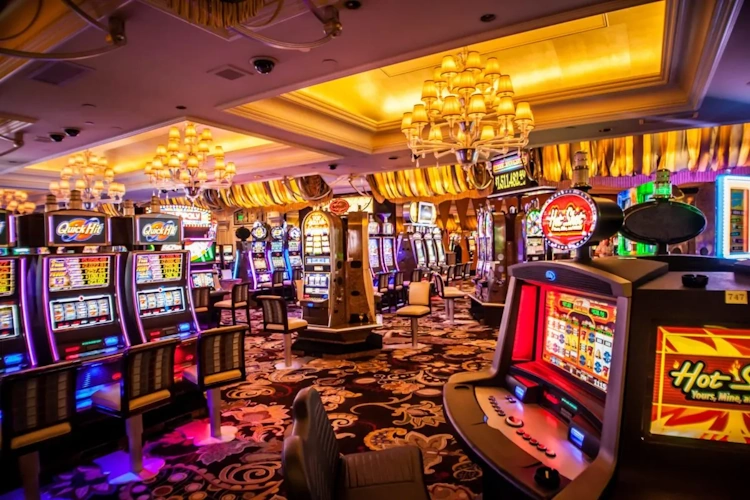Slot machines are a well-known component of the gambling business because they provide players with a combination of fun, strategy, and chance. From their modest origins in the late 19th century to their modern-day digital iterations, slot machines have the ability to catch the imagination of gamblers and have become a mainstay in casinos all over the globe. Take a journey back in time to the beginning of the history of slot machines.
The First Steps
Charles Fey presented the world with the very first slot machine, which he referred to as the “Liberty Bell,” in the year 1895. A shattered Liberty Bell, hearts, diamonds, and spades were some of the symbols that appeared on the three revolving reels of this wonderful piece of mechanical equipment. Putting in a penny, pulling the lever, and hoping for a winning combination are the steps that a player would take. Within a short period of time, the Liberty Bell became very popular, which laid the groundwork for the slot machine’s continued success.
Mechanical Slot Machines
As more people became familiar with the Liberty Bell, other versions started to appear. The classic “Bar” sign, which was once a logo for a chewing gum firm, was also included in the introduction of fruit emblems such as cherries, lemons, and oranges. Another early form, known as the “Operator Bell,” gained popularity at saloons and taverns throughout the country. A substantial contribution to the widespread adoption of slot machines was made by the Mills Novelty Company. This company was responsible for the introduction of features like sound effects and large-scale manufacture, which made the machines more approachable and enticing.
Shift to Electromechanical Devices
When the first electromechanical slot machine, known as “Money Honey,” was released in 1963, it was a big step forward for the slot machine industry! This machine also had the capability to store more money, which made it more convenient for both players and operators. It also featured automated payments. It was also possible to create more complicated games and features thanks to the electromechanical architecture, which ultimately led to the collapse of slot machines that were simply mechanical.
The Coming of the Digital Age
For the first time, video slot machines were introduced in the 1970s. These machines displayed the reels on a television screen rather than using mechanical components. The advent of the internet in the late 1990s and early 2000s opened the way for the development of online slot machines, which enabled players to experience the excitement of playing casino games without having to leave the comfort of their own homes.
Technology and Modern Slot Machines
Compared to their early mechanical forebears, slot machines of today are a long cry from what they were. Slots with several lines and reels provide players with a multitude of opportunities to win, while progressive jackpots have the potential to reach enormous amounts. In addition, contemporary machines include themes from well-known films, television programs, and even video games, and they often have bonus rounds that are interactive. The gaming experience has been further boosted thanks to the introduction of touchscreen technology and better visuals.
Updates on Regulations
As time has progressed, slot machines have been confronted with a variety of regulatory obstacles. At an early stage, they were prohibited in a number of countries, which resulted in the invention of machines that distributed gum or other rewards rather than cash. The Gambling Act and other contemporary legislation have put limitations on the design of machines, the payments they provide, and how they are operated. Existing challenges include, but are not limited to, tackling the issue of gambling addiction and ensuring fair play.
Cultural Influence
Slot machines have made their way into popular culture, making appearances in films such as “Ocean’s Eleven” and television series such as “Las Vegas in recent years.” Additionally, they have spread out around the world, with several nations adopting their own distinctive cultural variations. For instance, “Pachislo” machines in Japan provide a gaming experience that is comparable to yet unique from other machines.
Where Slot Machines Are Headed
There is reason to be optimistic about the future of slot machines, given the ongoing development of technology. In the near future, virtual reality (VR) and augmented reality (AR) will be able to provide players with immersive gaming experiences. Additionally, changes in player demographics and tastes may result in games that are more participatory and social.
To Wrap Things Up
Slot machines have gone through a voyage of invention, regulation, and cultural adaptation throughout their history. From Charles Fey’s Liberty Bell to the high-tech video slots of today, slot machines have been through it all. Not only have these machines revolutionized the financial sector of the gambling business, but they have also left an everlasting effect on the culture of the general public. There is one thing that will stay constant despite the fact that they are constantly evolving: slot machines will continue to engage and delight people for many decades to come.

